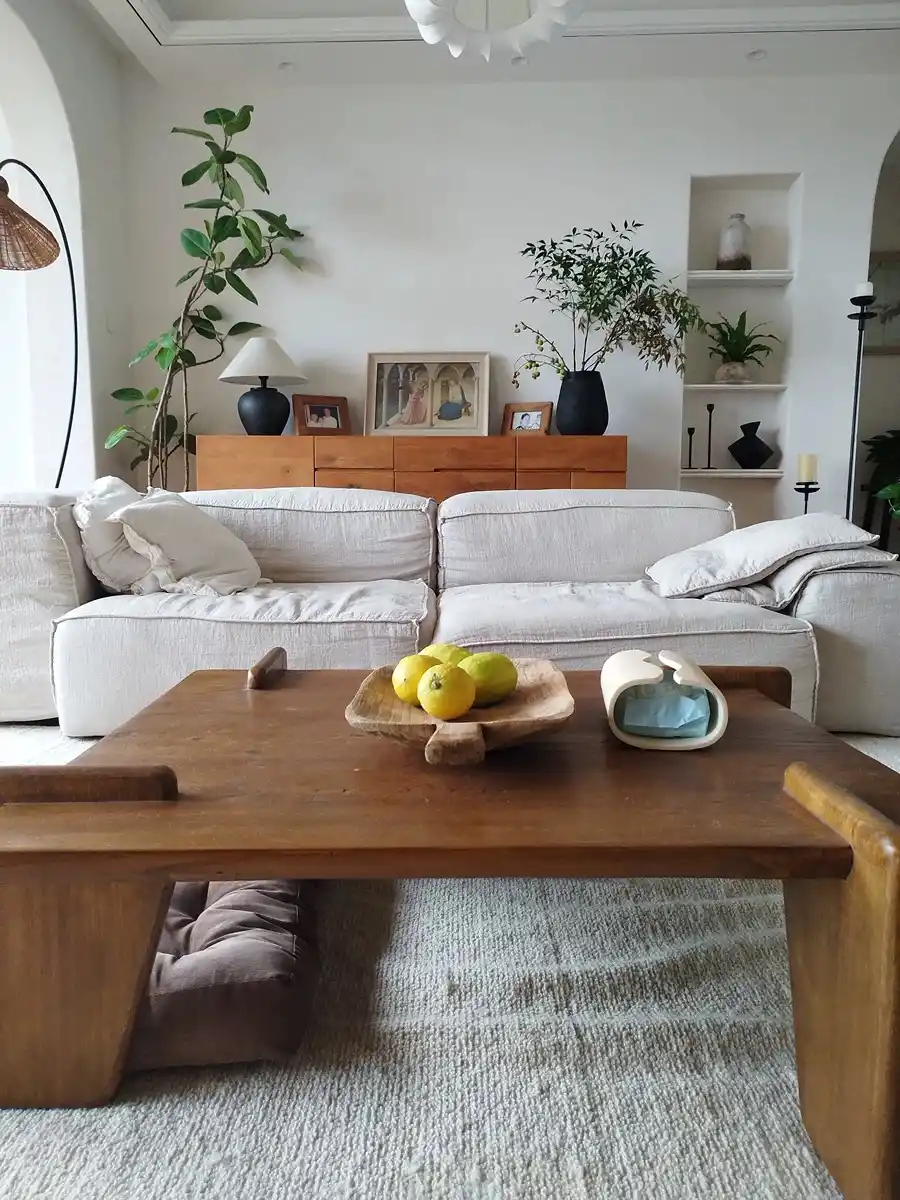Discover the Secrets to Choosing and Caring for Your Perfect Wood Coffee Table!
Wood coffee tables are more than just functional furniture; they are a centerpiece that can elevate the aesthetic of any living room. Their natural beauty and versatility make them a popular choice in home decor. Selecting the right wood coffee table involves a delicate balance of aesthetics and functionality, ensuring it not only looks great but also serves your lifestyle needs. Whether you're entertaining guests or enjoying a quiet evening with a book, the right table can set the tone for the entire space. In this article, we'll explore various styles, types of wood, and essential care tips to help you find and maintain the perfect wood coffee table for your home.

Understanding Different Styles of Wood Coffee Tables
When it comes to wood coffee tables, the style you choose can significantly impact your overall decor. Traditional wood coffee tables often feature intricate carvings and rich finishes, making them ideal for classic or formal settings. They exude a sense of timeless elegance that can elevate any room. On the other hand, modern styles are characterized by clean lines and minimalist designs, often incorporating mixed materials like metal or glass. This style works well in contemporary homes where simplicity is key. Rustic wood coffee tables bring a warm, homey feel, often showcasing the natural grain and knots of the wood, perfect for cottages or farmhouse aesthetics. Lastly, industrial wood coffee tables combine raw, unfinished wood with metal accents, creating a bold and edgy look that complements urban lofts or modern industrial spaces. Each style not only serves a purpose but also enhances the ambiance of your home.
Choosing the Right Wood Type
The type of wood you select for your coffee table is crucial as it affects both durability and appearance. Oak is a popular choice, known for its strength and resistance to wear. Its beautiful grain patterns add character to any piece. Maple, on the other hand, is lighter in color and offers a smooth finish, making it a great option for modern designs. Walnut boasts a rich, dark hue, perfect for creating a statement piece in your living room. Pine is more budget-friendly and offers a rustic charm, though it may be less durable than its hardwood counterparts. Each type of wood has unique characteristics, so consider your lifestyle and the table's intended use when making your choice. A friend of mine opted for a walnut table, and it has beautifully aged over the years, becoming a focal point in her living room.
Key Considerations When Selecting a Wood Coffee Table
When selecting a wood coffee table, several key considerations come into play. First, size matters—ensure the table fits comfortably in your space without overwhelming it. Measure your area and consider the height of your sofa to find the perfect match. Shape is also essential; round tables can soften a room with angular furniture, while rectangular tables work well in larger spaces. The finish of the table can greatly affect its maintenance and look—glossy finishes may be stunning but can show scratches more easily, while matte finishes can hide imperfections. Additionally, think about functionality. Does the table offer storage options, like drawers or shelves? Is it the right height for your seating? These factors will ensure your coffee table not only looks great but also serves your everyday needs effectively.
Care Tips for Maintaining Your Wood Coffee Table
To keep your wood coffee table looking its best, regular maintenance is essential. Start by dusting the surface with a soft cloth to remove debris that can cause scratches. For deeper cleaning, use a damp cloth with a mild soap solution; be sure to dry the surface thoroughly afterward. Protect the finish by using coasters under drinks and placemats under hot dishes to prevent heat and moisture damage. Avoid placing the table in direct sunlight, as this can cause fading over time. If you notice scratches, you can often buff them out with a little bit of mineral oil or a specialized wood polish. A friend of mine has a beautiful oak coffee table that she has maintained for years with simple care routines, and it looks as good as new. Regularly tending to your table will ensure it remains a cherished part of your home for years to come.
Final Thoughts on Your Wood Coffee Table
In conclusion, choosing and caring for a wood coffee table involves understanding various styles, selecting the right type of wood, and considering practical factors unique to your space. By taking the time to choose the right piece and commit to its maintenance, you can ensure that your wood coffee table not only enhances your living area but also remains a lasting and functional element of your home. Remember, a coffee table is more than just a surface; it’s a gathering place for friends and family, making it worth the effort to find the perfect one for your space.



